The data shows that retailers collected 146,104 tonnes of WEEE in 2021, only marginally higher than the 142,785 tonnes collected in 2020, before new requirements around mandatory instore takeback came into effect.
The Agency’s data covers all retailer takeback rather than just that which takes place instore.
While the data shows the scheme has had a “slow start”, some say it is “too early” to judge the success of the scheme because of the challenges retailers faced during the Covid-19 pandemic.
Takeback
While some retailers have taken back WEEE instore for a number of years, as of 1 January 2021 large retailers who have a turnover for sales of electronic equipment in excess of £100,000 have been required to do so (see letsrecycle.com story).
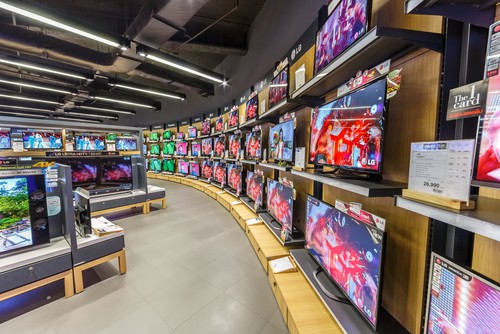
The Department for Environment, Food and Rural Affairs (Defra) estimates an additional 25,000 stores are now members of the UK’s distributor takeback scheme and meet the criteria to be subject to the new takeback requirements.
A Defra spokesperson told letsrecycle.com this meant there was a “significant” rise in the number of stores across the country offering consumers a WEEE collection point.
However, an increase in collection points has not seen the amount of WEEE collected by retailers increase by much.
Pandemic
The Defra spokesperson told letsrecycle.com that the impact of the pandemic meant that access to household waste and recycling centres (HWRCs) was restricted in many parts of the country last year.

As a “large amount” of WEEE is collected through these sites, their closure meant that collection volumes were lower than normal.
However, collection volumes have now begun to increase as a result of HWRCs reopening, the spokesperson said.
Many retailers were also closed in the first quarter of 2021 due to national lockdowns, the spokesperson added.
They said the feedback Defra had gathered from industry and collections data for 2021 so far indicates that WEEE collection levels have not continued to be impacted by the pandemic “to the same extent” as was the case in 2020.
‘Slow start’
Material Focus, the not-for-profit organisation funded by the WEEE compliance fee and behind the Recycle Your Electricals campaign, similarly told letsrecycle.com that there had been “a number of challenges” facing retailers in 2021, including the pandemic.
Instore takeback has had a slow start, but that is unsurprising
- Material Focus
A spokesperson said: “Instore takeback has had a slow start, but that is unsurprising given the events of the last two years.
“However, as the world returns to normal, we would encourage more retailers, who are obliged to takeback instore, to promote this to their customers.”
Material Focus provides a free toolkit and supporting information for retailers to support instore takeback.
On its website, Material Focus has a postcode locator with 5,000 drop-off points to provide householders with information as to the nearest place they can recycle their electricals.
The spokesperson said Material Focus would add more points over the coming months and was in discussions to support more retailers in communicating location points.
‘Atypical years’
Compliance scheme REPIC told letsrecycle.com it was “too soon” to make a judgement on the success of mandatory instore takeback because 2020 and 2021 were both “atypical” years due to the pandemic.

A spokesperson said: “Not only were non-essential stores closed for periods of time, but consumer spending habits were different.
“There is evidence of there being more one-off rather than replacement purchases in those years, for instance, as consumers spent more time at home.
“The nature of retail is also generally changing, with an increasing amount of purchases being made online.”
They added: “The uncertainty related to the pandemic made it difficult for everyone to organise communication campaigns.”
Categories
Large household appliances made up a significant proportion of the WEEE collected instore in 2021, according to the data from the Environment Agency, at 94,329 tonnes. In 2020, retailers collected 93,026 tonnes of large household appliances.
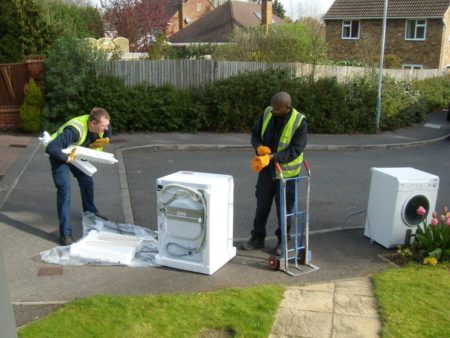
The amount of cooling appliances containing refrigerants collected by retailers actually declined from 2020 to 2021. Retailers collected 43,647 tonnes in 2021, down from 46,442 tonnes the year before.
REPIC told letsrecycle.com that large household and cooling appliances were the main categories of WEEE collected because of the “convenience” of direct delivery and removal from the home, rather than the increase in instore takeback points.





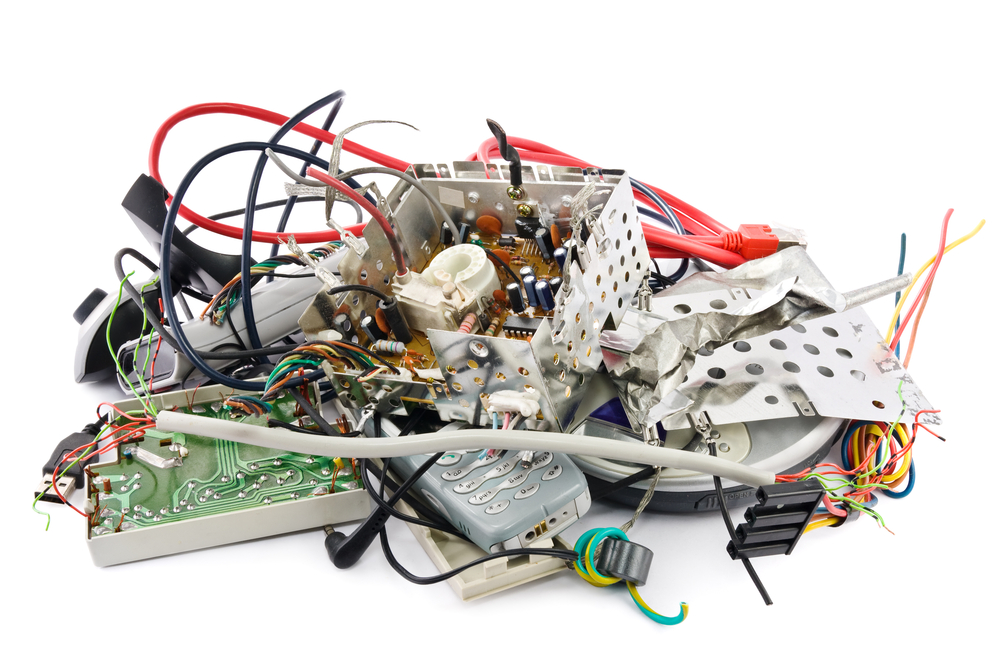


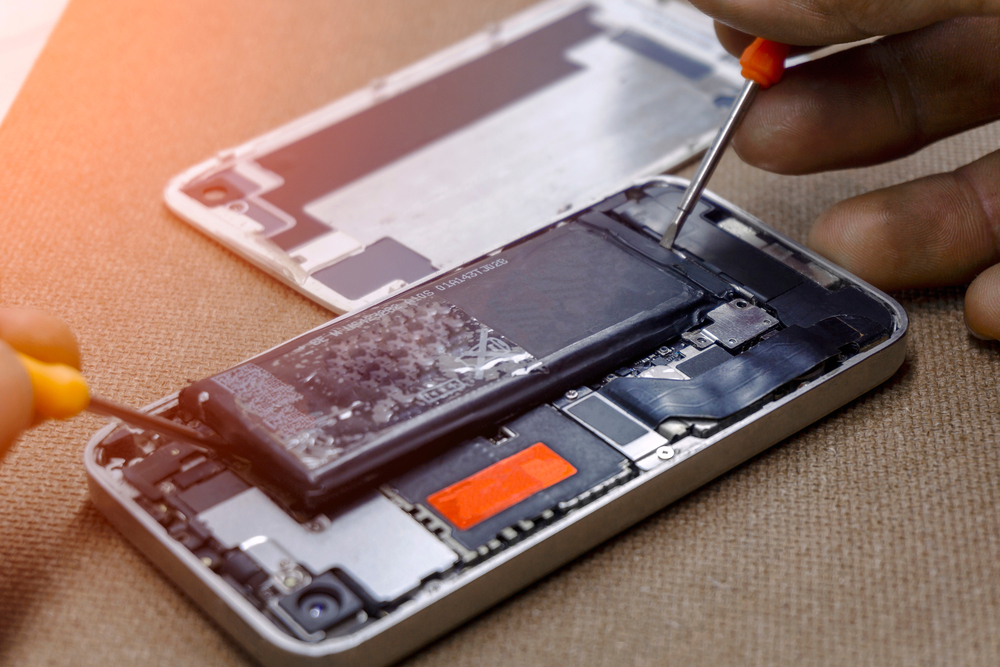
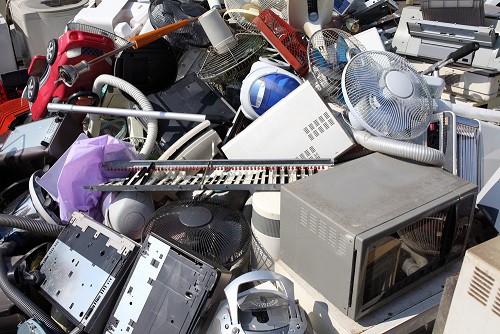


Subscribe for free